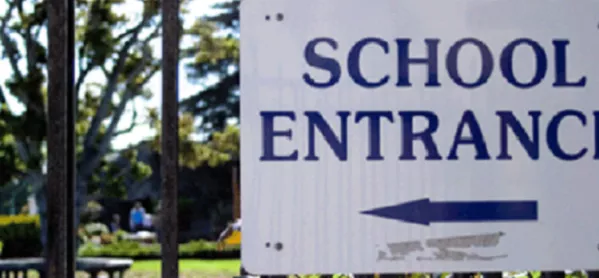The proportion of children gaining a place at their first choice primary school has risen slightly, a sample of councils suggests.
Some 88.4 per cent of students in England received their top pick on National Offer Day, according to a provisional analysis of 82 local authorities - including 32 London boroughs - by the Press Association.
That is a rise of 0.2 per cent from 2016‘s official figure of 88.2 per cent of children at state schools receiving their preferred choice.
However, when the 32 London boroughs are removed from the sample result, the percentage of pupils in England getting their first choice rose to 91.1 per cent, up by 2.9 percent.
‘Thousands more families’ to have choice
Of the 82 local authorities (LAs) analysed, 20 (24 per cent) had seen a decline in the percentage of pupils getting a place at their first choice school.
A Department for Education spokesman said the government was “making more good school places available so thousands more families have the choice of a good local school”.
He added: “We have already set out plans to make more good school places available - including scrapping the ban on new grammar school places and harnessing the resources and expertise of universities, independent and faith schools.”
Hundreds of thousands of children found out today whether they got into their first choice school.
It can sometimes make the difference between factors including a long or short journey and whether children go to the same school as siblings and friends.
The sample represents just over half of all local authorities in England, with examples from different parts of the UK.
Anxious wait for places
Within the sample, the largest drop was in the City of London, where the proportion getting their first-choice place fell from 85.3 per cent to 65.5 per cent - the lowest figure in the sample.
The second-largest fall was recorded in Northumberland, where 88.8 per cent of new primary pupils got their first choice, down from 94.7 per cent in 2016.
A spokesman for Northumberland County Council said: “Eighty-eight per cent of parents gained their first choice of primary school, with 91.36 per cent receiving one of their three preferences.”
Of those increasing the percentage of children getting a place at their first-choice school, the largest increase was in Kingston-upon-Hull, which rose 6.5 percentage points to 94 per cent from 87.5 per cent last year.
It was followed by the London borough of Barnet, where the figure increased 6.2 percentage points from 78.8 per cent to 85 per cent.
Redcar and Cleveland in the North East had the highest overall percentage of students getting their first-choice place, with 97.85 per cent.
‘They are doing everything they can’
Kevin Courtney, general secretary of the National Union of Teachers (NUT), said: “The NUT hopes that families receive good news about the primary school place they have been allocated for their children.
“For many, however, it will be a day of huge anxiety because their child is placed in a school which means long journeys on a daily basis, missing out on going to the same school as siblings or not getting a place at all.”
Councillor Richard Watts, chairman of the Local Government Association’s children and young people board, added: “Over recent years councils have created an extra 600,000 primary places.
“This is a demonstrable record that they are doing everything they can to rise to the challenge of ensuring no child goes without a place.
“Every child should have a fair chance of getting into their parents’ preferred school and councils and schools work extremely hard to try and ensure that as many pupils as possible are allocated their first preference.”
Want to keep up with the latest education news and opinion? Follow Tes on Twitter and like Tes on Facebook




